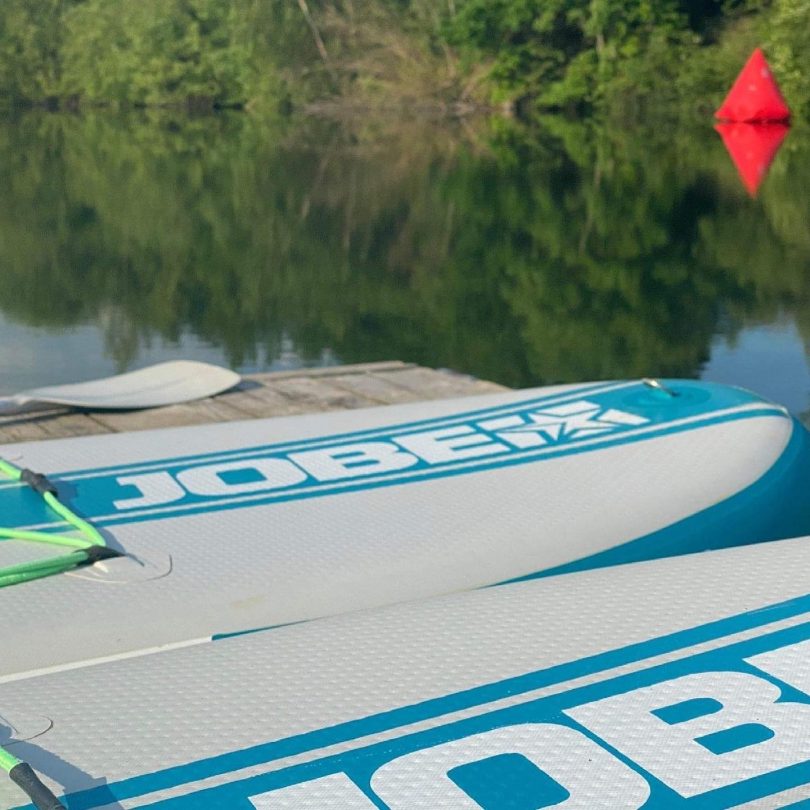…The who, the why and the what?
We have probably all seen people on a paddle board, whether during a foreign holiday before the pandemic, on the sea or on an inland river in the UK. It is also a practice that fills social media due to its photogenic nature.
Paddle boarding or SUP (Stand up paddle boarding) has grown massively in popularity in the last ten years and there are a huge range of inflatable boards for sale at different price points. Interestingly on ‘The Joy of SUP’ podcast, a recent guest described her grandfather, who as an army PT instructor was photographed paddle boarding during the second world war in Egypt. They have been around for far longer than we realise!
Increasingly paddleboards are being used to deliver fitness classes ranging from aerobic style sessions to more holistic ones such as yoga or Pilates. There are special boards designed for swimming pool use as well as those for open water practice.

SUP Yoga or Paddleboard Yoga is a reasonably recent innovation and can be traced back to around 2015 in terms of teacher training courses but has probably been practiced for far longer. Slowly the number of UK venues offering SUP Yoga is increasing but it still more likely to be found in traditional coastal surfing locations. SUP Yoga is ideally suited to the calm waters of inland lakes so there are undoubtedly opportunities in such areas.
In my next three articles I’ll consider three questions:
- Who is paddleboard yoga for?
- Why should you practice paddleboard yoga?
- What would a paddleboard yoga class consist of?
I hope you enjoy reading them and perhaps feel inspired to join a SUP Yoga session or hire a board and create your own SUP Yoga practice.



